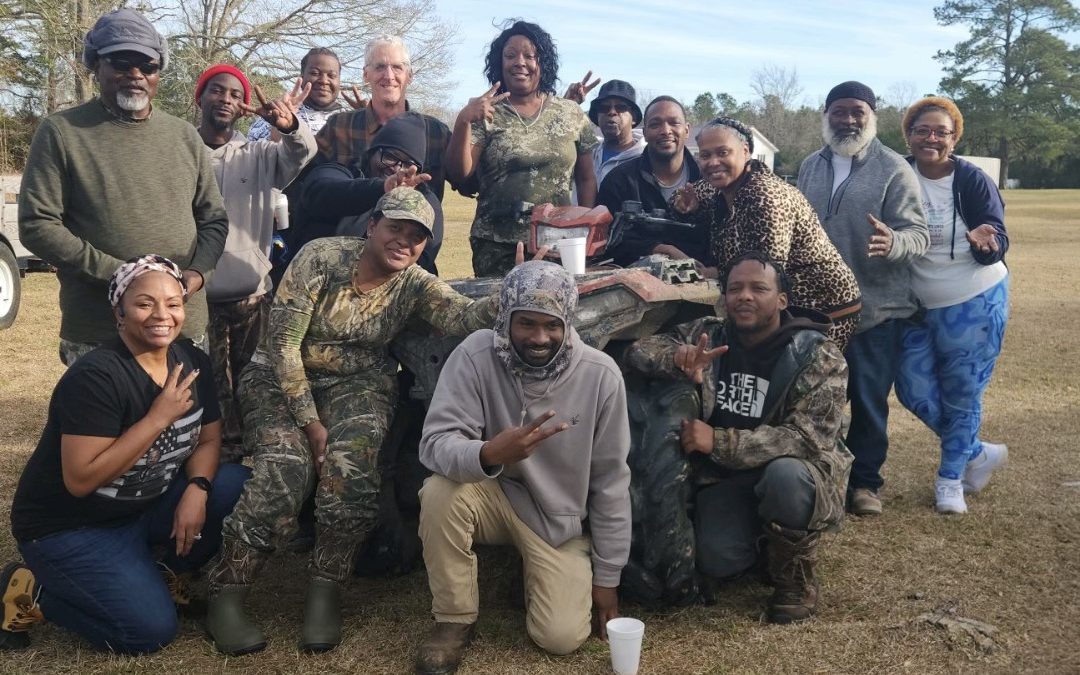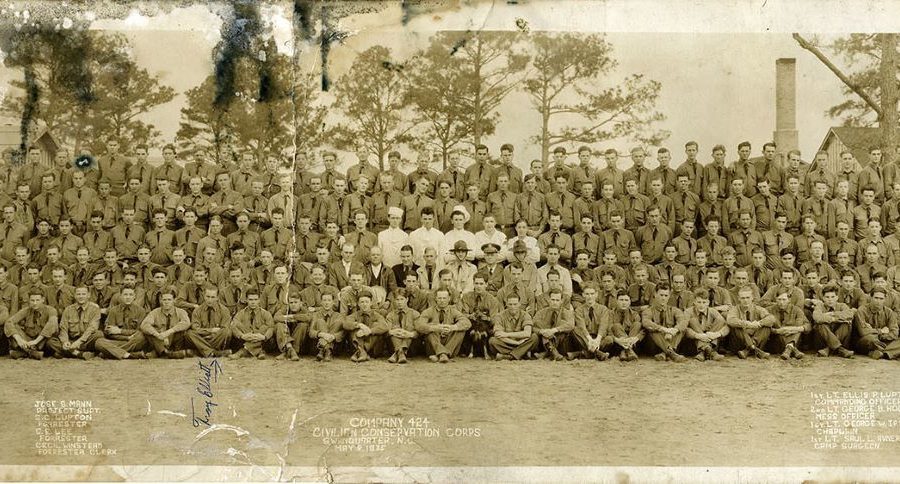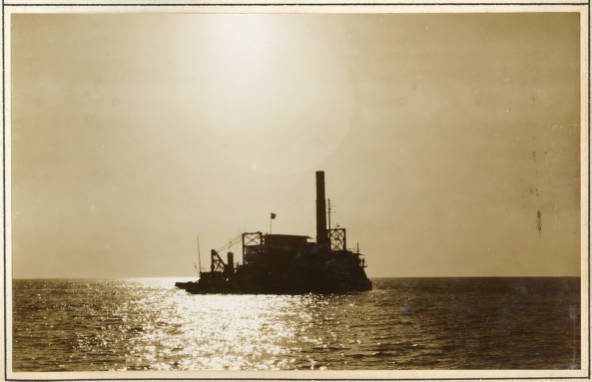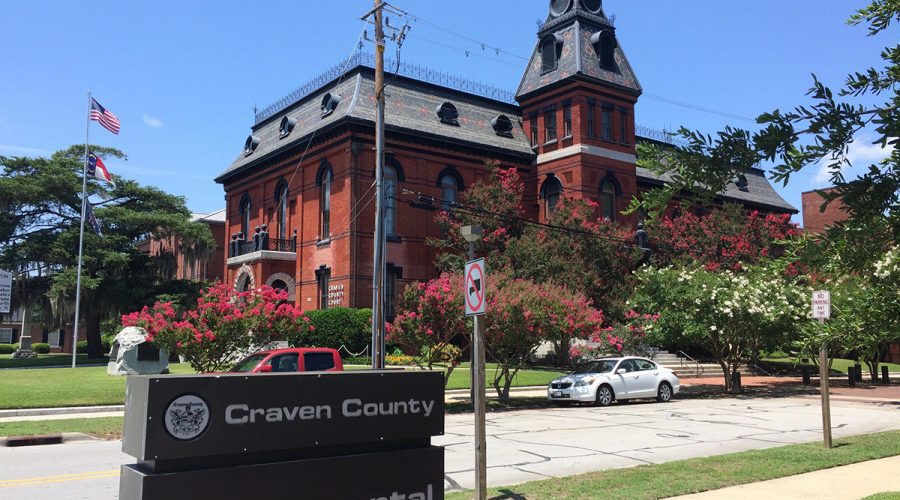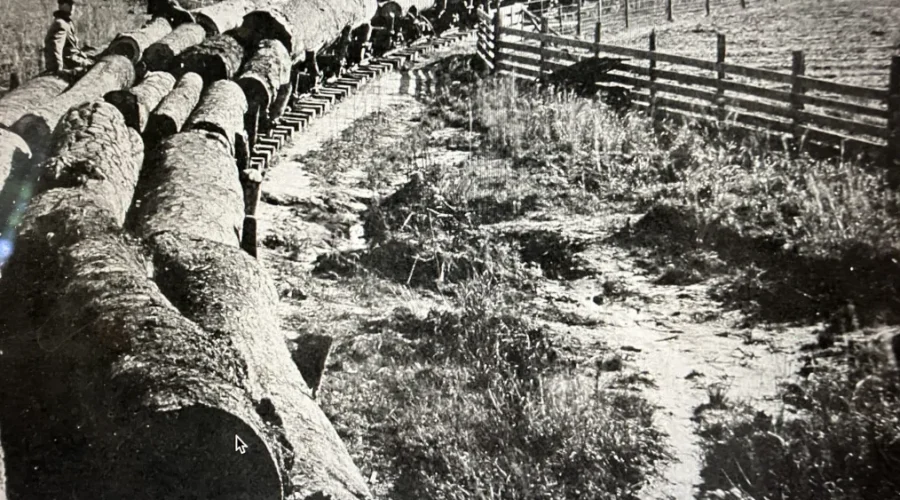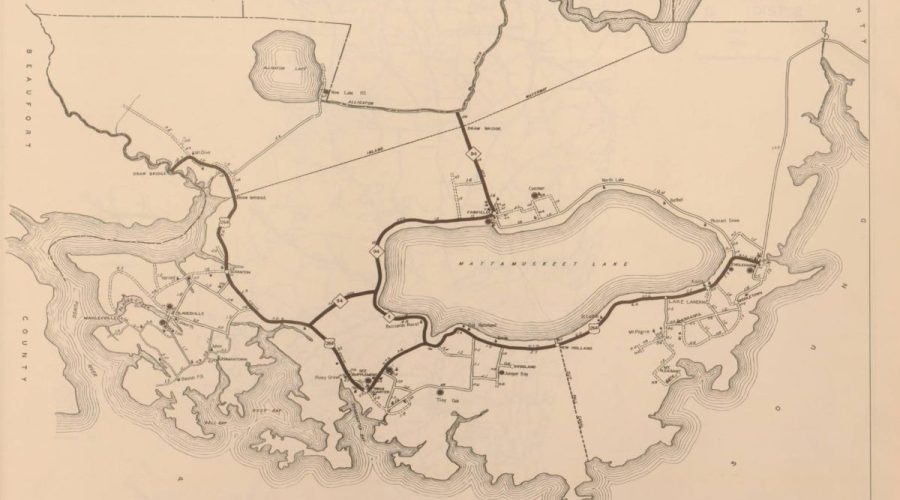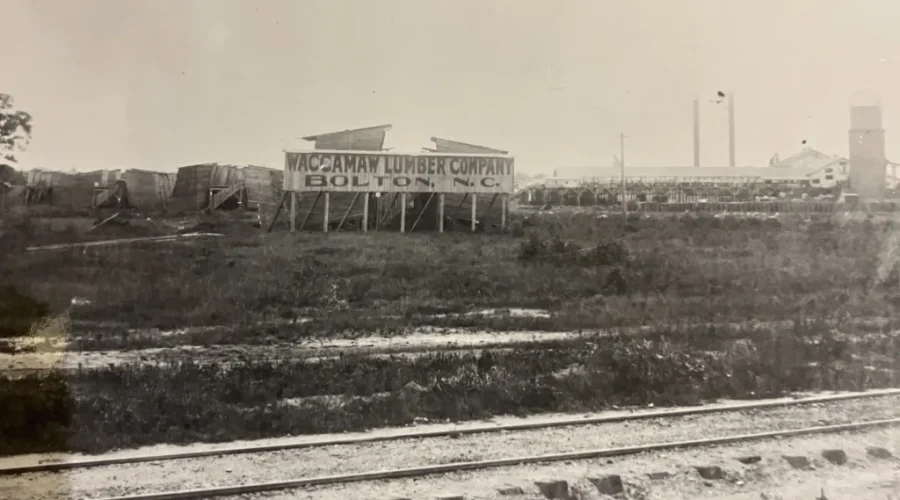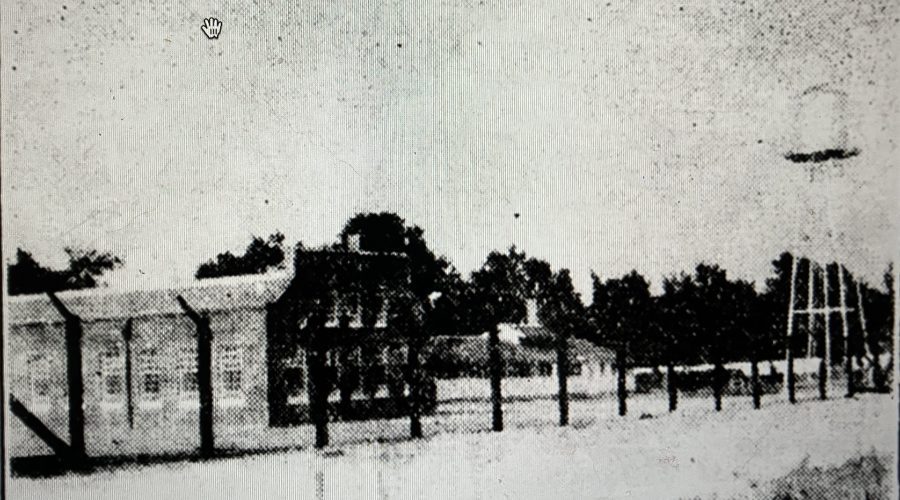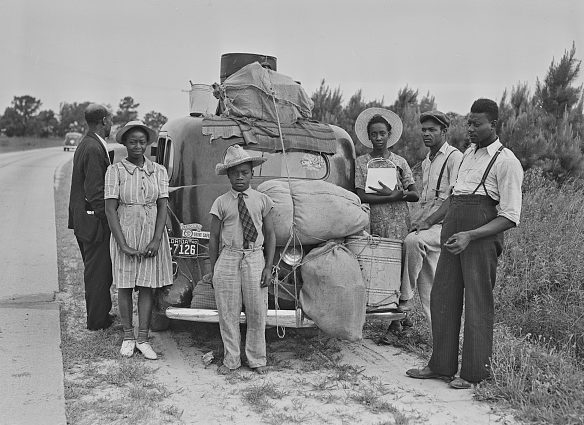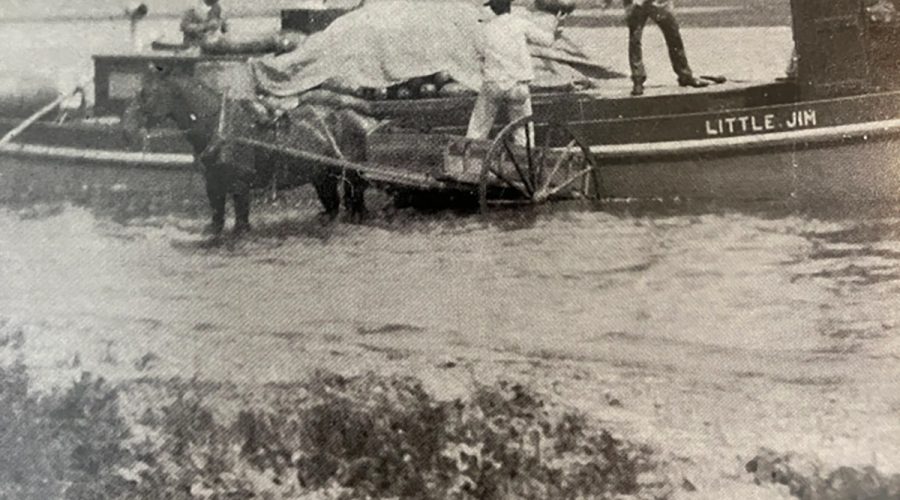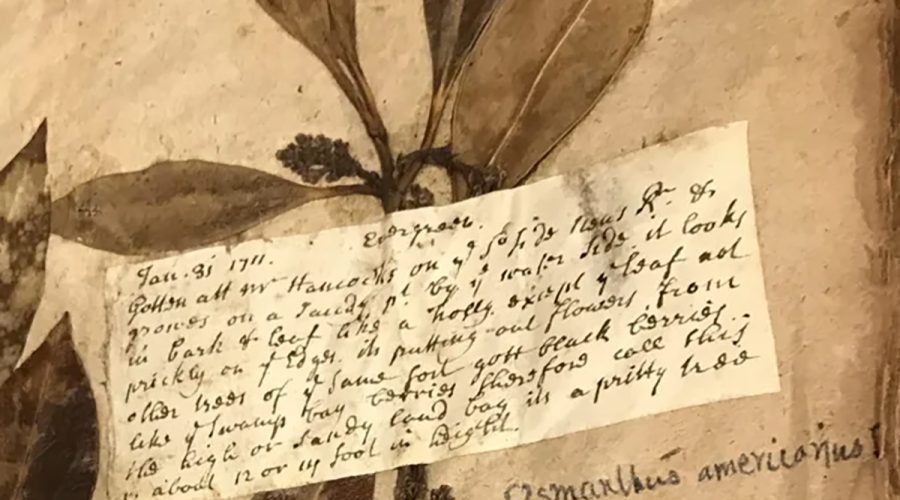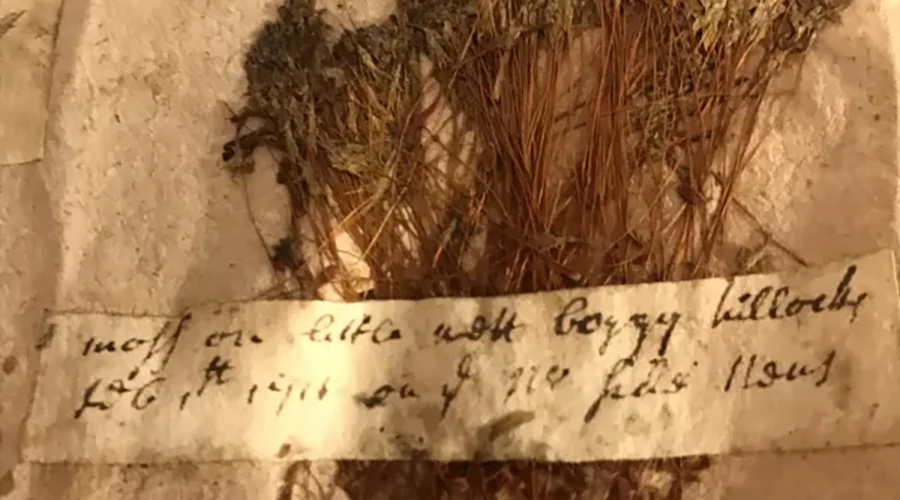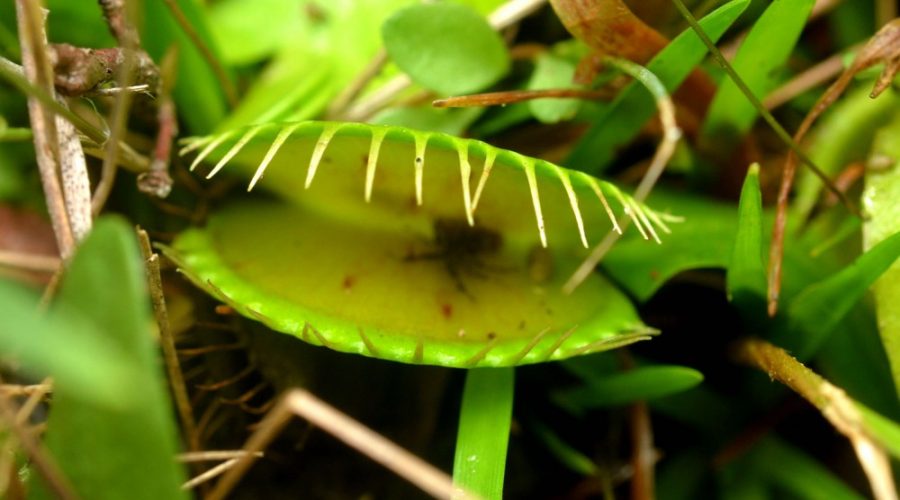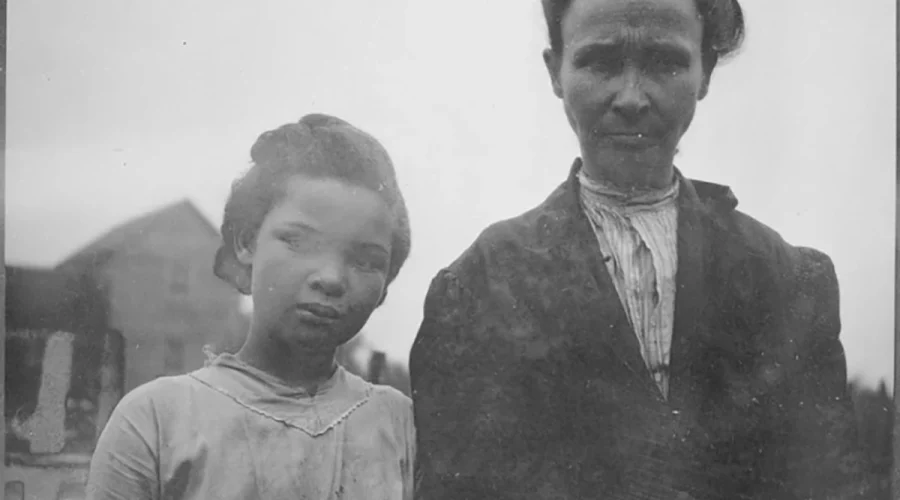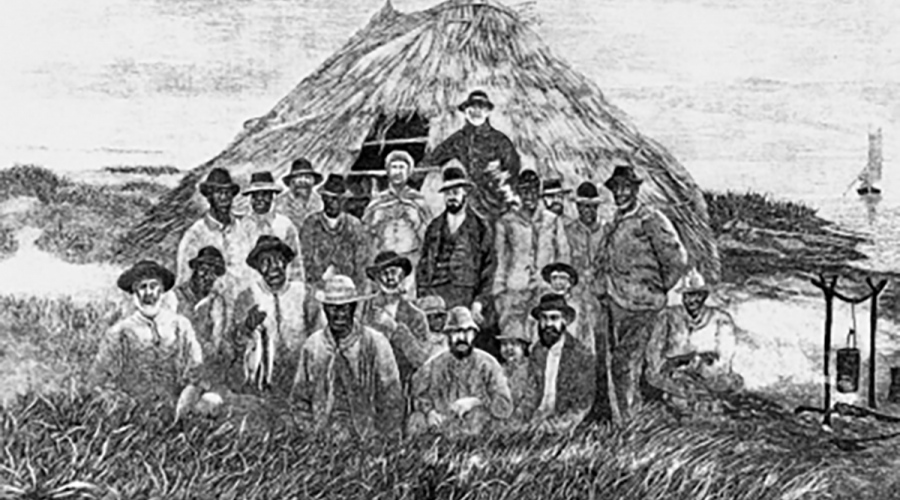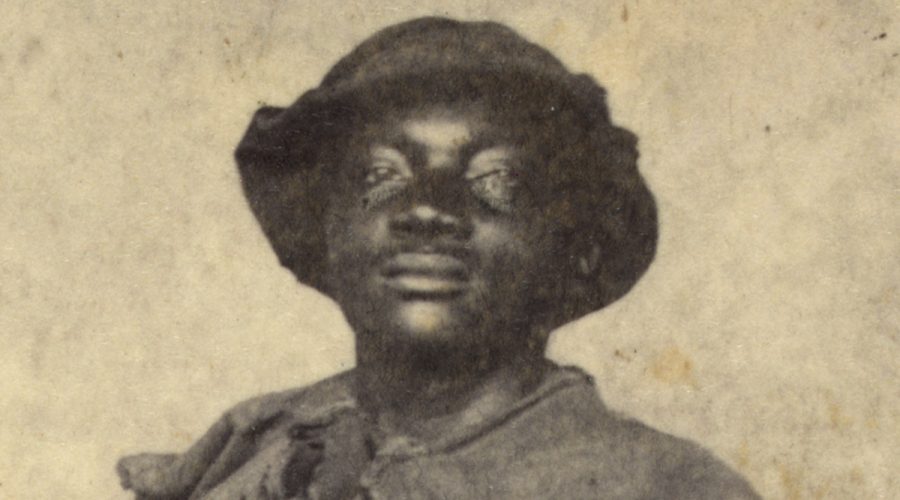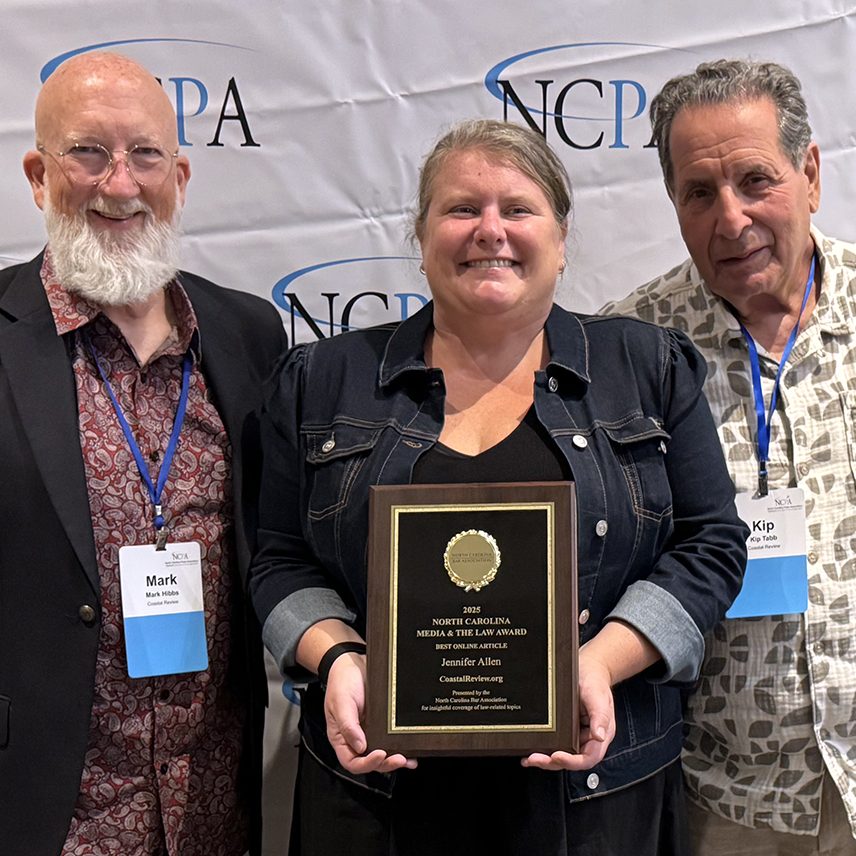Historian David Cecelski recounts spending the Martin Luther King Jr. holiday in Piney Grove with descendants of Caesar Evans, who escaped from slavery during the Civil War, fought in the Union army, and later bought 228 acres in central Brunswick County.
Civilian Conservation Corps workers of Bell Island
Historian David Cecelski gives a glimpse of the North Carolina coast during the Great Depression from the perspective of the young men in Roosevelt’s Civilian Conservation Corps.
Making a Way: Army Corps of Engineers 1930-1932
Historian David Cecelski has compiled a selection of photographs from an album the U.S. Army Corps of Engineers’ Office of History discovered in their historical collections a few years ago.
The other coup d’état: Remembering New Bern in 1898
Historian David Cecelski uses old newspaper clippings to show how Wilmington’s bloody takeover was not the only example of the state’s well organized and propaganda-fueled 1880s-1890s white supremacy movement.
The Last Days of the East Dismal Swamp
Historian David Cecelski created what he called an online history exhibit featuring 40 images illustrating the last decades of an ancient swamp forest that was once located on the North Carolina coast.
Wharf pilings and sawdust: Visiting Hyde’s lost villages
Drawing from maps created by a teacher and his students, historian David Cecelski aims to get a feel for the lumber mill villages in Hyde County that have long since disappeared.
Road to Makatoka: Logging the Green Swamp, 1910-1930
Early 20th century photographs of the Waccamaw Lumber Co.’s operations in Columbus and Brunswick counties also depict an almost Wild West-like society of loggers and lumbermen.
The trouble at the Woodville convict labor camp
Historian David Cecelski shares an excerpt about a brief strike in April 1935 at a convict labor camp in Perquimans County from Dr. Susan Thomas’ dissertation that examines the history of the largely African American chain gangs that built public roads in the early 20th century.
The migrants in potato fields during the Great Depression
Historian David Cecelski discovers a chapter in eastern NC’s history about the migrant farm workers that harvested crops in the 1930s and ’40s while exploring Farm Security Administration photographs at the Library of Congress.
At the Boundary between Land and Sea: Coastal life in 1909
Historian David Cecelski examines the story behind a July 1909 image of men loading watermelons onto a freight boat from the Bogue Sound shore.
Search for Lawson in natural history museum continues
Historian David Cecelski continues about his visit to the Natural History Museum in London to study specimens of coastal North Carolina flora that John Lawson sent to English naturalist James Petiver in the early 1700s.
Searching for Lawson in London’s Natural History Museum
Historian David Cecelski recounts his visit to the Natural History Museum in London, which holds the specimens of coastal North Carolina flora that John Lawson sent to English naturalist James Petiver in the early 1700s.
Symbol of Home: The Linnean Society’s Venus Flytrap
While spending a few days in London this fall, historian David Cecelski visited the Linnean Society, the oldest biological society, to get a glimpse of a 1759 letter with the first known written record of the Venus flytrap.
Our coast’s history: From Aguascogoc’s ashes
In 1585, English explorers twice visited a Native American village called Aguascogoc, destroying it on their second stop. Historian David Cecelski traces North Carolina’s coastal tribal legacy.
Our coast’s people: Last daughter of Davis Ridge
Historian David Cecelski shares the story of Nannie Davis Ward, who grew up at the now-uninhabited Davis Ridge in Down East Carteret County, and her description in an interview before her death of the remote community of formerly enslaved watermen and island women.
‘They have got hold of the Bible’: Beaufort and the Civil War
The letters between an anti-slavery pastor and his daughter give a glimpse of Beaufort during the Civil War era, where escaped and liberated enslaved people could “come out of the shadow of slavery,” David Cecelski writes.

